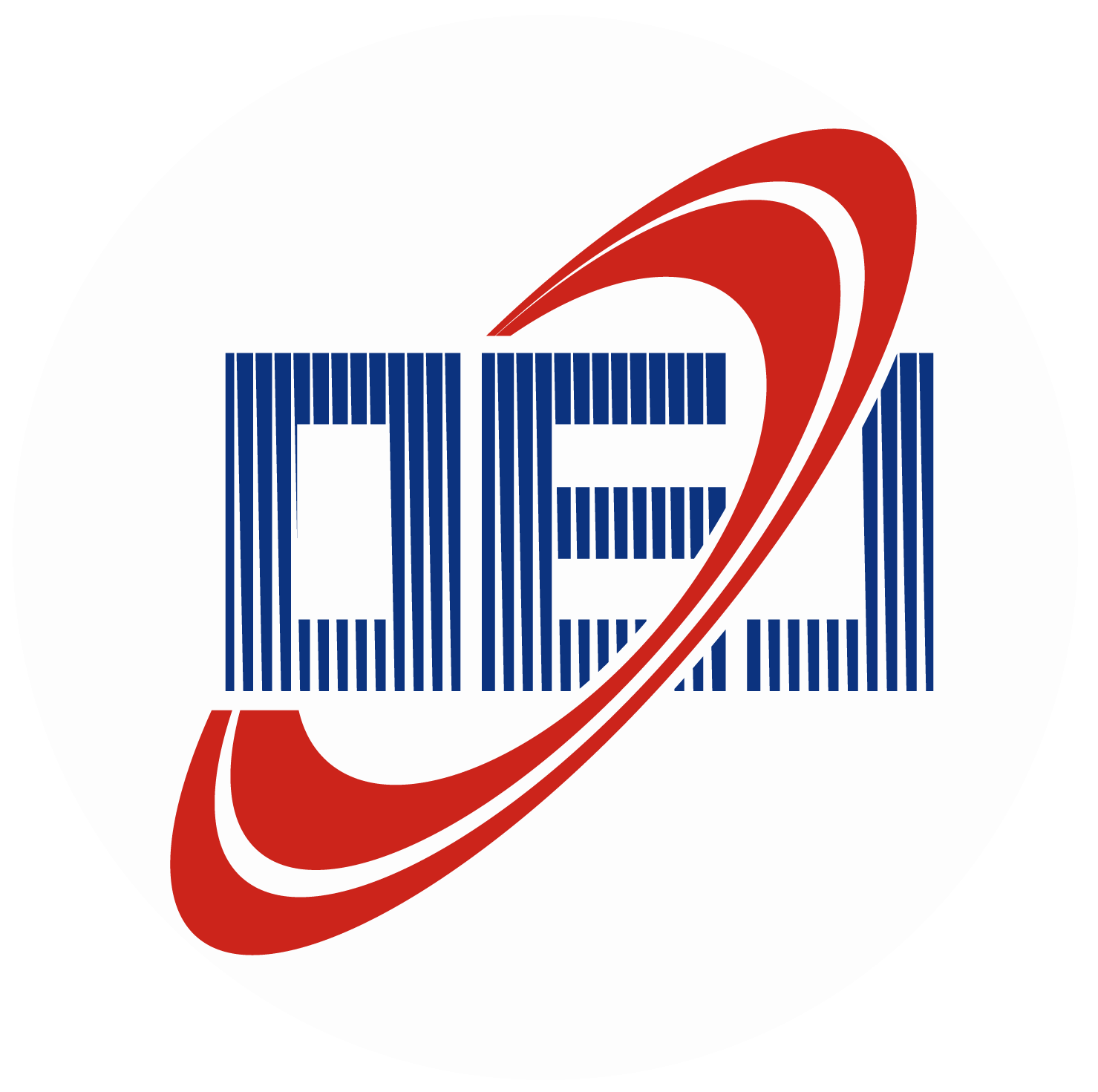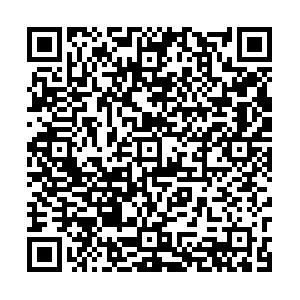-
Abstract
Quantitative phase imaging (QPI) enables non-invasive cellular analysis by utilizing cell thickness and refractive index as intrinsic probes, revolutionizing label-free microscopy in cellular research. Differential phase contrast (DPC), a non-interferometric QPI technique, requires only four intensity images under asymmetric illumination to recover the phase of a sample, offering the advantages of being label-free, non-coherent and highly robust. Its phase reconstruction result relies on precise modeling of the phase transfer function (PTF). However, in real optical systems, the PTF will deviate from its theoretical ideal due to the unknown wavefront aberrations, which will lead to significant artifacts and distortions in the reconstructed phase. We propose an aberration-corrected DPC (ACDPC) method that utilizes three intensity images under annular illumination to jointly retrieve the aberration and the phase, achieving high-quality QPI with minimal raw data. By employing three annular illuminations precisely matched to the numerical aperture of the objective lens, the object information is transmitted into the acquired intensity with a high signal-to-noise ratio. Phase retrieval is achieved by an iterative deconvolution algorithm that uses simulated annealing to estimate the aberration and further employs regularized deconvolution to reconstruct the phase, ultimately obtaining a refined complex pupil function and an aberration-corrected quantitative phase. We demonstrate that ACDPC is robust to multi-order aberrations without any priori knowledge, and can effectively retrieve and correct system aberrations to obtain high-quality quantitative phase. Experimental results show that ACDPC can clearly reproduce subcellular structures such as vesicles and lipid droplets with higher resolution than conventional DPC, which opens up new possibilities for more accurate subcellular structure analysis in cell biology. -



 E-mail Alert
E-mail Alert RSS
RSS


